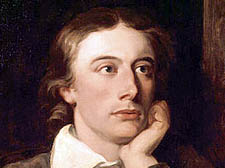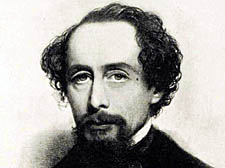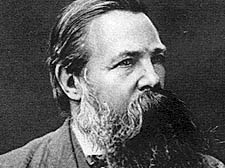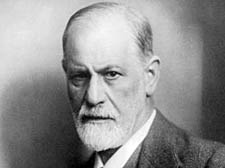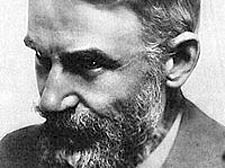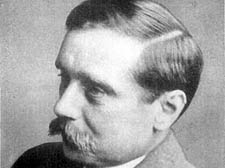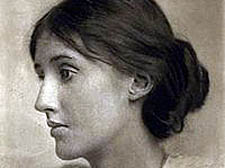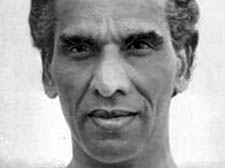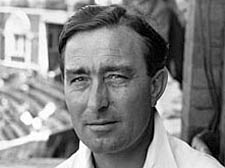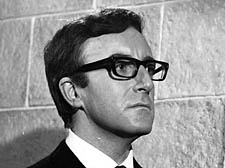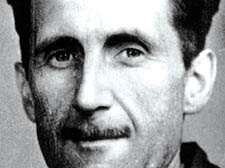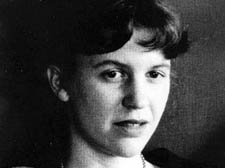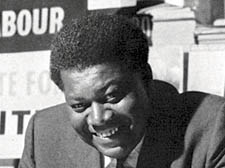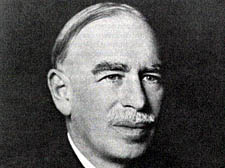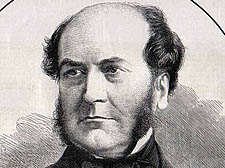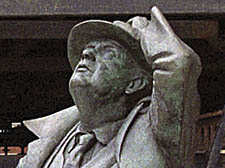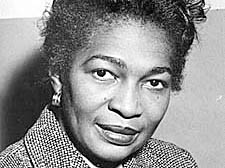|
|
 |
| |
Camden’s famous faces
Science, literature, entertainment, philosophy – many of the borough’s people have made their mark on the world |
| |
John Keats
1795-1821. One of the key poets of the Romantic movement, John Keats lived in Wentworth Place, on the edge of Hampstead Heath for two years. The setting would influence much of his work including perhaps his most famous, ‘Ode to a Nightingale’. Largely dismissed as a middle-class interloper during his lifetime, he died poor, loveless and unrenowned at just 25 from TB, only achieving fame posthumously. His former residence is now a popular museum, Keats House. |
 |
Charles Dickens
1812-1870. Dickens lived in various parts of Camden at different times, including Bayham Street and 48 Doughty Street, which is now a museum. Camden’s streets feature in many of the writer’s novels: Dombey and Son deals with the impact of the railway on the Camden Town of Dickens’s day; in The Old Curiosity Shop, Little Nell is described fleeing London across what is now Hampstead Heath. |
 |
Friedrich Engels
1820-1895. Friedrich Engels was a German social scientist and philosopher who co-authored the Communist Manifesto with Karl Marx. After his father sent him to Britain to work in the textile industry, Engels wrote The Condition of the Working Class in England in 1844, which is based on his personal observations of the appalling conditions of the Victorian urban poor. From the 1870s until his death in 1894, Engels lived in Regent’s Park Road. |
 |
Sigmund Freud
1856-1939. Considered the godfather of psychoanalysis, Austrian-born Freud had a major impact on 20th-century thought. Freud used his concepts of the id, the ego and the superego to analyse the psyche of individuals and the development of civilisation. Fleeing Nazism, Freud left Vienna and travelled to London, where he continued to work, giving lectures at Hampstead’s Tavistock Clinic. His home at 20 Maresfield Garden is now a museum.
|
 |
George Bernard Shaw
1856-1950. Playwright George Bernard Shaw, can lay claim to being one of the most quoted men in British History. Born in Dublin, Shaw moved to London aged 20. He was one of the founders of the London School of Economics, and founding member of the Fabian Society in 1884. From his house in Fitzroy Square, he penned some of his 60 plays, including Pygmalion and Heartbreak House. |
 |
HG Wells
1866-1946. The novelist made Hampstead his base and placed a
number of his literary characters in the surrounding streets. In his alien
invasion story The War of the Worlds, he had his aliens die on the slopes of Primrose Hill – before they had the chance to lay waste to the area he called home. |
 |
Virginia Woolf
1882-1941. Born Adeline Virginia Woolf the English novelist and essayist, was a feminist ‘before her time’, and part of the so called ‘Bloomsbury Group’. She is regarded as one of the foremost literary figures of the 20th century. Her most famous works include the novels Mrs Dalloway (1925), and Orlando (1928) – both national curriculum staples. Following a second nervous breakdown and the death of her father, Woolf moved to 46 Gordon Square in Bloomsbury. |
 |
Krishna Menon
1896-1974. A diplomat who campaigned for Indian independence from British rule, Krishna Menon lived in London for 24 years. He worked as a barrister, a journalist and in publishing. Elected as a Labour Party councillor to the old St Pancras Council, he was later awarded the freedom of the borough, a privilige only George Bernard Shaw had received before him. For 10 years, he lived in Camden Square, Camden Town. After India’s independence, he was appointed India’s first High Commissioner in London and worked with the United Nations. |
 |
Denis Compton
1918-1997. Denis Compton was a unique sporting hero, representing England at cricket, as well as playing for Arsenal FC.
The Wisden Cricketer of the Year in 1939, Compton was a right hand bat and slow left arm bowler. For Arsenal, he played on the left wing, culminating in FA Cup success and a winners medal, when The Gunners beat Liverpool 2-0 in the 1950 final at Wembley Stadium. Compton was also the original poster boy, when he appeared in adverts for the men’s hair product Brylcreem. |
 |
Peter Sellers
1925-1980. Peter Sellers was a comedy actor who collaborated with Spike Milligan in The Goon Show, broadcast from the Camden Hippodrome (now Koko) in the 1950s and starred in films including Dr Strangelove and The Pink Panther. He was well known for his comedy accents and troubled private life. Sellers briefly lived with his mother, a variety theatre performer, upstairs at the Bedford Music Hall, which stood on Camden High Street before it was demolished in the late 1960s. |
 |
George Orwell
1903-1950. George Orwell was the pen name of Eric Blair, one of the 20th-century’s greatest chroniclers and polemicists, who lived in Hampstead, Parliament Hill and Kentish Town. Orwell was a relentless opponent of totalitarianism, which was the subject of two of his best-known books, Nineteen Eighty-Four and Animal Farm. His experiences fighting in the Spanish Civil War feature in his Homage to Catalonia, and earlier works included The Road to Wigan Pier which chronicled life and the class divide in the north of England. |
 |
Sylvia Plath
1932-1963. Born in the US, Sylvia moved to England after winning a scholarship to Cambridge. In 1956 the poet novelist and children’s author married poet Ted Hughes and they lived in Chalcot Square before settling in an idyllic Devon village. The couple split up less than two years after the birth of their first child. Sylvia described her first suicide attempt in autobiographical novel The Bell Jar, published in 1963. She returned to London with her two children, and lived in Fitzroy Road in Primrose Hill. She took her own life on February 11, 1963. |
 |
Lord David Pitt
1913-1994. Lord David Pitt of Hampstead became a Labour stalwart in the 1960s and 70s and is now considered one of the greatest black Britons. Born in Grenada, a doctor by profession, he was granted a life peerage in 1975.He was at the forefront of the anti-apartheid movement, using the basement of his Gower Street surgery as a makeshift headquarters. The father of two was also made president of the British Medical Association. |
 |
John Maynard Keynes
1883-1946 . The ideas of John Maynard Keynes spawned a new adjective, Keynesian, to describe an economic strategy for actively boosting the economy in times of recession. Critical of private sector investment, Keynes argued that reduced interest rates and investment in infrastructure were the best ways of tackling unemployment like that which occurred during the Great Depression. A Bloomsbury resident, Keynes was part of the so-called Bloomsbury Group of intellectuals, which included Virginia Woolf and TS Eliot. |
 |
George Gilbert Scott
1811-1878. Victorian architect who came to define the railway age with his workhouses, churches and cathedrals, was a Camden resident. He was also responsible for St Pancras railway station, built in 1865, which was the best known of all his works and at the time was the largest brick built building in the world. |
 |
Sir John Betjeman
1908-1984. The Poet Laureate was born in Lissenden Gardens and lived out his childhood on Highgate West Hill. Among his poems that celebrate his roots, he talks of the bells of St Anne’s Church, the red brick of Lissenden and the trolleybus that carried him home from Camden Town. |
 |
Claudia Jones
1915-1964: Claudia Jones was a feminist, black nationalist and community leader who is remembered as ‘the mother of the Notting Hill Carnival’. She was granted asylum in England after being deported from the US during the McCarthy witchhunts era. Active in campaigns to defend and promote the black community, she founded the West Indian Gazette and launched the forerunner of the Notting Hill Carnival in 1959 by organising a Mardi-Gras celebration. She died in Gospel Oak, aged 49, and is buried in Highgate Cemetery. |

|
 |
Your comments:
I THINK you may have missed some of the residents of "Africa House" which was (or is) situated in Camden Square.? This of course was before the "Winds of Change" speach.
N. Stone
|
| |
|
 |
|
